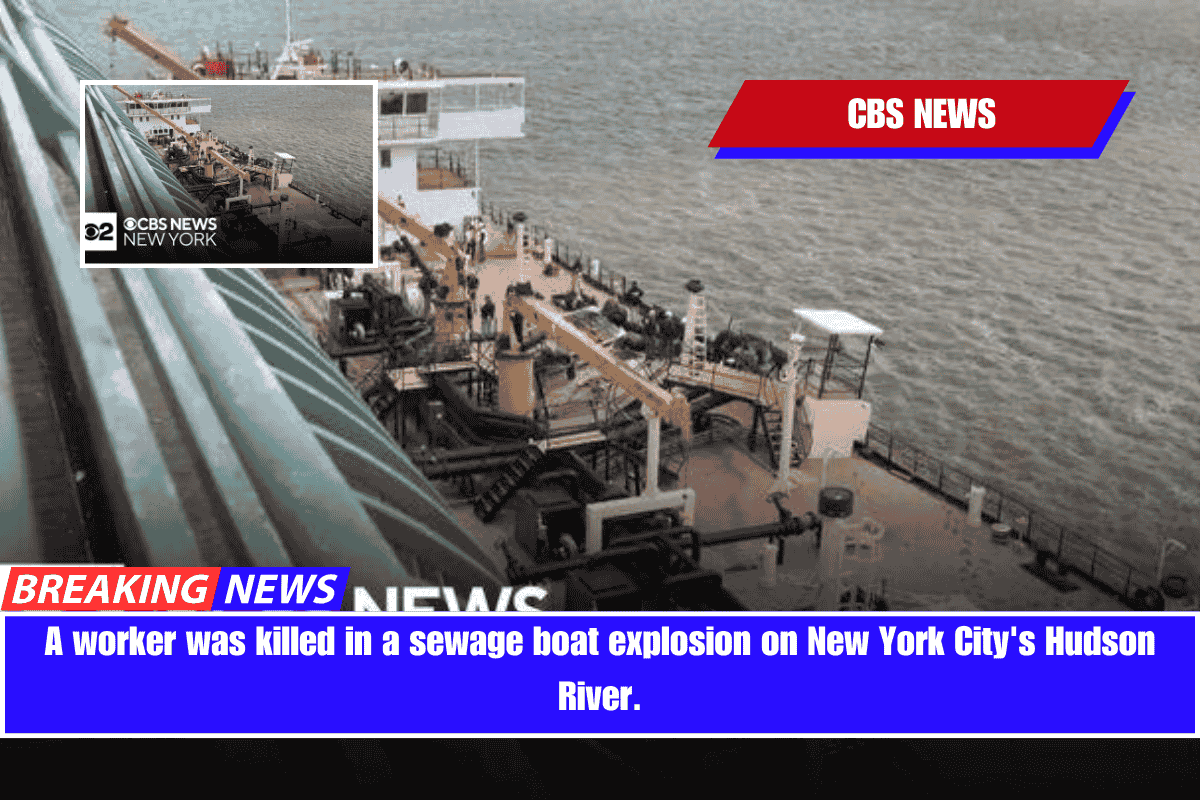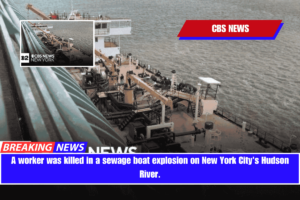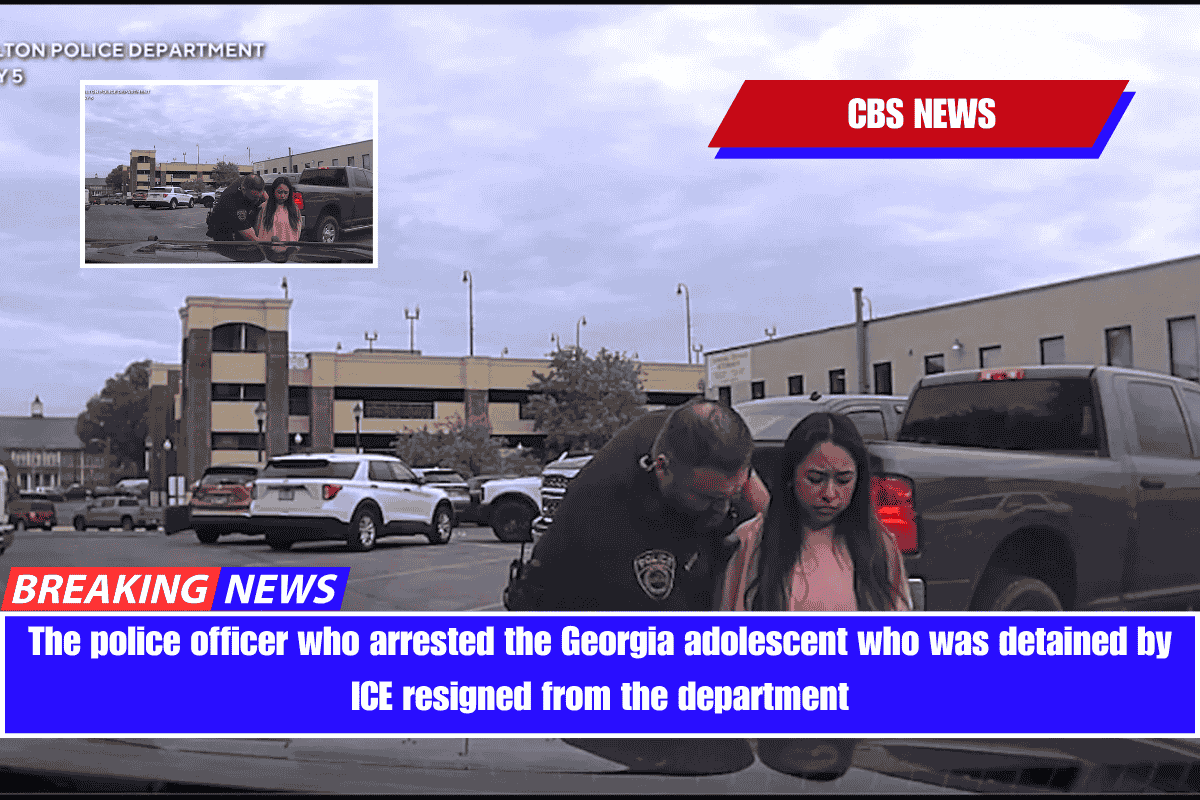Major delays and cancellations that have plagued travelers coming in and out of Newark Liberty International Airport over the last week may continue well into the next week and beyond if a number of issues, including staffing shortages and equipment malfunctions, are not resolved.
The Federal Aviation Administration has issued several ground delays and ground stops at the New Jersey airport, which is just outside New York City and one of the busiest in the country. CBS New York reported that arriving flights were delayed by up to six hours, while departures were delayed by nearly four hours.
The FAA has cited equipment outages, staffing levels in Philadelphia, where the air traffic control center that oversees Newark’s airspace is located, and runway construction.
However, the main issue that triggered a chain of delays was a series of system outages, including one in which controllers’ screens went dark for up to 90 seconds, preventing them from tracking aircraft at a key facility handling traffic in and out of Newark.
Here’s what travelers should know about the problems at America’s 12th busiest airport.
Air traffic control staffing shortage
According to the FAA, one of the reasons for Newark Airport’s disruptions and long wait times for more than a week is a staffing shortage in air traffic control.
Staffing shortages at a terminal air traffic control facility in Philadelphia, officially known as Terminal Radar Approach Control (TRACON), limited the facility’s ability to provide approach control services to aircraft arriving, departing, or transiting the airspace.
Due to the Philadelphia TRACON staffing, the FAA implemented a “flow constrained area” in Newark, which is a line in space drawn across a specific area that air traffic controllers monitor after traffic has reached a point where it is considered a potential issue. According to the National Business Aviation Association, traffic managers must consider ways to meter air traffic across the area so that it does not exceed what controllers can handle.
When staffing is low, the FAA implements an Airspace Flow Program, a traffic management program that involves delaying flights to spread out traffic so that available staffing can safely handle the demand. Due to heavy traffic, mitigation is usually implemented in and out of Florida during the summer.
The Philadelphia TRACON has been guiding some air traffic at Newark since the agency relocated a group of controllers from New York last year in an effort to improve overall staffing. According to a CBS News analysis published earlier this year, more than 90% of the country’s airport towers are understaffed by FAA standards.
Equipment issues, “lost radar,” staff on trauma leave
A source familiar with the situation told CBS News that 20% of air traffic controllers in Philadelphia called out of work late last week, citing trauma from equipment outages as well as frustration with the ongoing issues.
However, the National Air Traffic Controllers Association, a union that represents air traffic controllers and other aviation workers across the country, disputed that, saying in a statement that Philadelphia TRACON workers “did not ‘walk off the job’ as it has been reported by the media.”
On April 28, air traffic controllers “temporarily lost radar and communications with the aircraft under their control, unable to see, hear, or talk to them,” according to a statement released by the union on May 5.
“Due to the event, the controllers took leave under the Federal Employees Compensation Act. “This program covers all federal employees who are physically injured or experience a traumatic event on the job,” the union stated.
Controllers on trauma leave may take up to 45 days off if a medical professional approves, but they are not required to take the entire time.
Transportation Secretary Sean Duffy visited the Philadelphia TRACON facility on May 2 following a visit by FAA officials earlier in the week to gain a better understanding of the situation. There are concerns that the issues will last longer than a week.
“When we talk about Newark, specifically in the outage or the interruption, we want to make sure that equipment is solid for the controllers that are coming to work every day, so that they can depend on that they depend on that equipment and making sure they’re properly trained,” the acting FAA administrator, Chris Rocheleau, said at a presser.
Runway construction at Newark airport
Beginning April 15, Newark Airport said it would completely close one of its three runways for rehabilitation work as part of a $121 million project.
“This work is designed to maintain the runway in a state of good repair, improve its infrastructure, meet the latest FAA standards, and ensure its continued safe operation,” according to the airport’s website.
According to the airport, Runway 4L-22R is the busiest at Newark for departing flights, and the FAA is redirecting flight traffic to the airport’s other runways, causing additional congestion.
The Port Authority of New York and New Jersey, which oversees Newark Airport as well as New York City’s LaGuardia and John F. Kennedy International Airports, reported that the first three months of 2025 were the second busiest in the agency’s history in terms of passenger traffic.
The runway, which is 11,000 feet long and 150 feet wide, was last rehabilitated in 2014, according to the airport. The current project will include a new paved surface as well as upgraded lighting and signage, with construction expected to last until mid-June, according to Newark Airport.
The FAA attributed some of the delays to runway construction, but the project has been ongoing for some time, and airlines have taken this into account. The airport expected delays but not a meltdown.
Fallout from the delays
Due to equipment and staffing issues, United Airlines canceled 35 flights per day from its Newark schedule beginning the first weekend of May. United CEO Scott Kirby stated in a letter that the “long-simmering FAA challenges” had “boiled over.”
“In the past few days, on more than one occasion, technology that FAA air traffic controllers rely on to manage the airplanes coming in and out of Newark airport failed — resulting in dozens of diverted flights, hundreds of delayed and canceled flights and worst of all, thousands of customers with disrupted travel plans,” according to his post.
As the delays continued into the second week, lawmakers such as Sen. Chuck Schumer of New York and New Jersey Gov. Phil Murphy demanded an investigation into the FAA and the ongoing issues.
“To say there is only minor turbulence at Newark Airport and the FAA would be an understatement of the year.” We’re here because the FAA is a complete mess. “This mess needs a real forensic look, a deep look into it,” Schumer said, urging the inspector general of the Department of Transportation to investigate and blaming the outage in part on a burnt copper wire.
Secretary Duffy has stated that he will soon reveal the details of a new plan to overhaul the decades-old air traffic control system.
“A disruption, such as canceled or delayed flights. People become angry, annoyed, and frustrated, and rightfully so,” Duffy told reporters on May 1 at an event announcing efforts to improve air traffic control hiring. “But what I think you’re seeing is, you’re starting to see cracks in the system, and you can see them in different locations, and it’s our job, all of us, working together, to not wait until there’s a disaster.”


















Leave a Reply